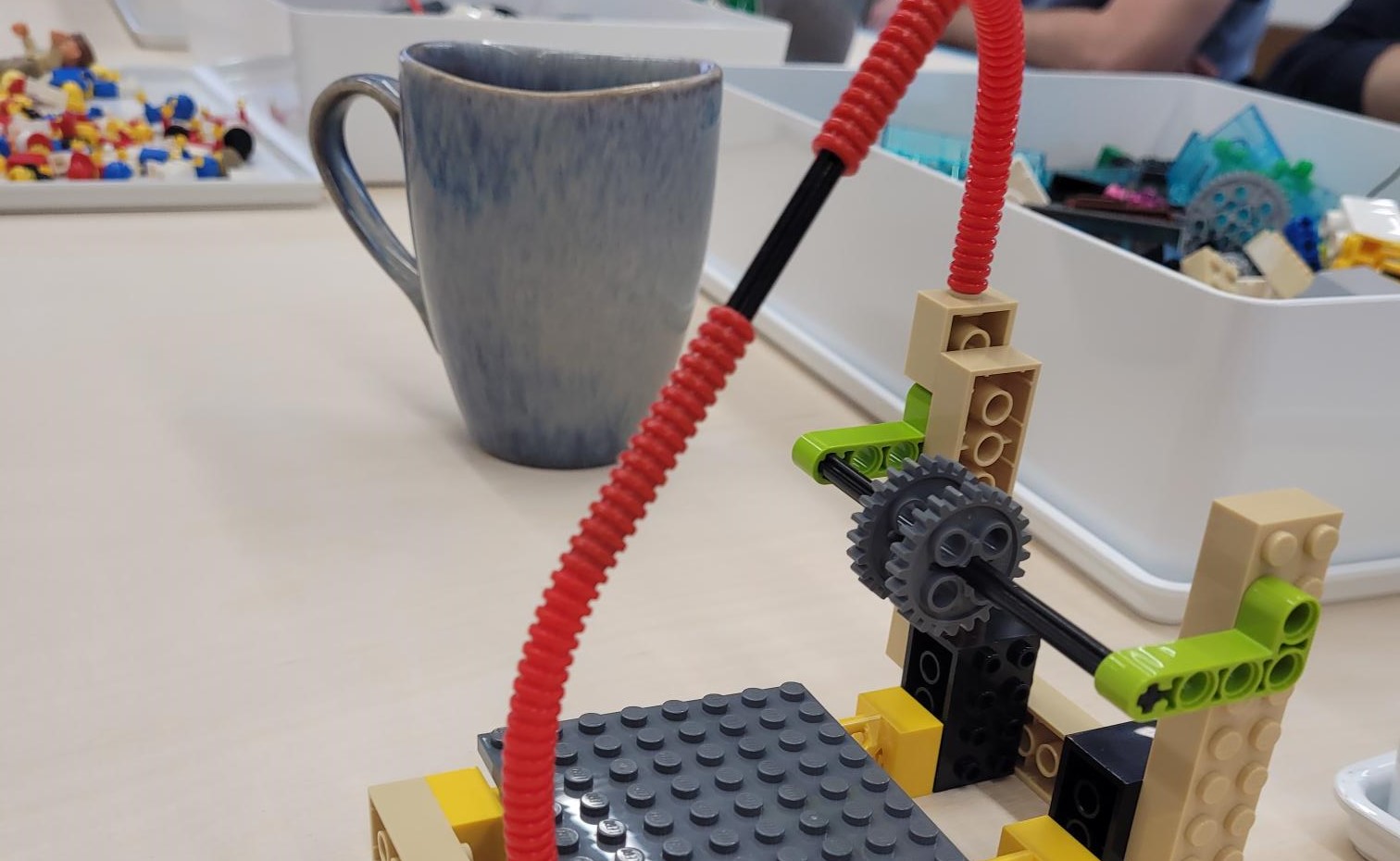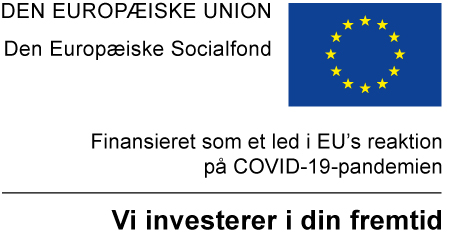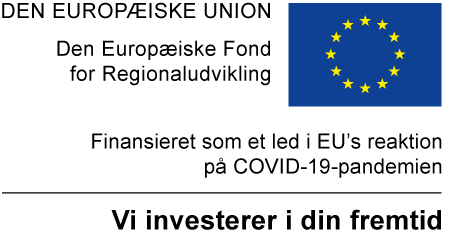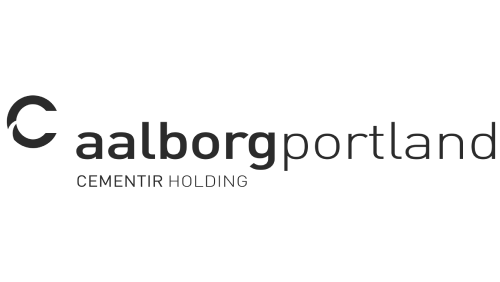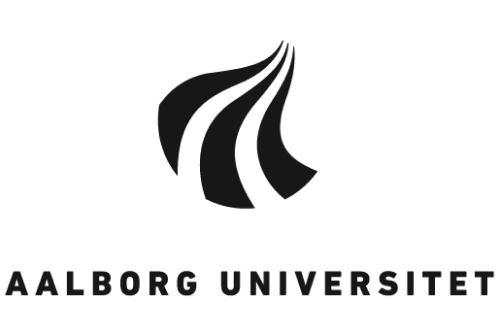The use of CO2 is a new business area, and the area's regulation, framework and conditions are only now being developed. That is why some companies are hesitant to bet on CO2 business - but with the help of the Lego Serious Play learning method, the companies can better visualize it.
By Lene Klitgaard, Aalborg University
As part of the Green Innovation Lab concept, Aalborg University (AAU) has, with the help of Lego Serious Play, helped companies to investigate the possibilities of cultivating business within CO2 use.
One company was saved time on the product development of a fuel cell, and another got a basic discussion on how they can commercialize their advice so that it becomes profitable.
The companies found that they got a creative and innovative boost by talking about their work in a visual and tactile way.
"It has set a different and more creative stage, which has promoted innovative thinking in and around our strategy process. The stage has contributed to the fact that we have had to think differently than we would have done in an ordinary meeting room. The visuals surrounding Lego Serious Play mean that you can concretely set up scenarios, understand each other and ensure alignment of expectations via images, colours, play and constructions. It has also been great to have AAU researchers help facilitate the process," explains Jane Jacobsen, Head of Branding & Marketing, at one of the two companies, Hydrogen Valley.
Lego vs. habitual thinking
Professor Julie Borup Nielsen and Associate Professor Anja Thomassen, who were in charge of the process with the companies, are researching learning processes at Department of Culture and Learning at Aalborg University (AAU).
The process has given the two researchers experience with what the potential for Lego Serious Play is to develop CCUS – capture, storage and use of CO2 – as a business area:
"It is important that companies have the courage to work in a different way than they usually do. If they go into it with an open mind, they will be pushed to habitual notions of what they themselves can do to enter the market for CCUS, and they will open their eyes to their own resources and potentials to act on this insight", says Anja Thomassen.
Julie Borup Nielsen adds:
"They got away from the habitual way of thinking about their work, products and services. Some also got ideas for new ways to organize collaboration internally in the company, so they save time and frustration.”
Visualization of ideas
The companies themselves could choose what they wanted to work with and set a goal for the process. The course itself consisted of two or three workshops lasting a few hours and occasional homework.
The researchers typically use Lego Serious Play for innovation and organizational development, and the method is particularly useful when several people must agree on an idea or a desire for change. With Lego bricks, both concrete product ideas and more abstract ideas for developing the company's service ideas are visualized, for example, so that others can understand them. You can also visualize visions or wishes for change.
Read more about the use of the method in CO2vision at Aalborg University.
